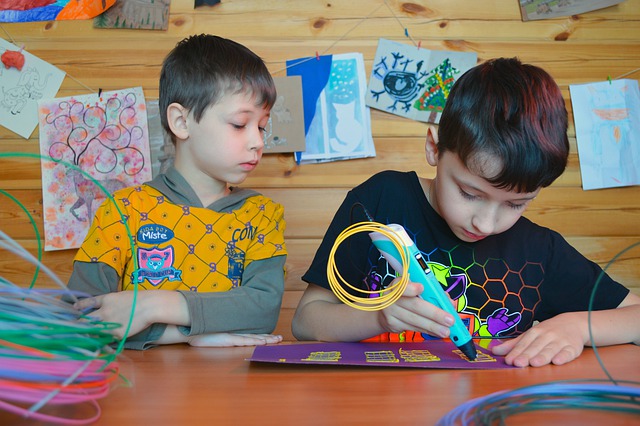The primary distinction between visual, auditory, and kinesthetic learners is that visual learners acquire knowledge through sight and visualization, auditory learners acquire knowledge by listening, and kinesthetic learners acquire knowledge through hands-on activities and experiences. Each learning style has its unique characteristics and preferences.
Key Takeaways
- Visual learners prefer to learn through visual images and sight, often using books, diagrams, and presentations.
- Auditory learners gain knowledge through listening and verbal instructions, often preferring to read aloud or learn through songs.
- Kinesthetic learners acquire knowledge through hands-on experiences and activities, preferring interactive and engaging activities.
Who are Visual Learners?
Visual learners primarily engage with sight when learning. They prefer to learn using books, diagrams, and bright colors. These learners often learn best through videos, PowerPoint presentations, and class demonstrations. Visual learning aligns well with traditional classroom teaching methods, as visual learners observe learning materials and memorize points by seeing graphics and images. However, verbal instructions can sometimes be difficult for visual learners.
Who are Auditory Learners?
Auditory learners engage in learning by hearing. They can understand and remember facts more easily when they are read aloud and can easily follow verbal instructions. Auditory learners enjoy learning through songs and prefer listening activities. They understand lessons better when the teacher explains the material rather than giving it as a reading assignment. Auditory learners may struggle with written directions and can be easily distracted by noise.
Who are Kinesthetic Learners?
Kinesthetic learners gain knowledge through touch, movement, and motion. They prefer to experience the learning process through hands-on activities and often want to touch and feel objects to understand them. These learners enjoy interactive activities rather than sitting in one place in the classroom and like to try out new things during hands-on activities. Kinesthetic learners perform well when participating in interactive activities and solving problems in a hands-on manner. They generally do not prefer to read and tend to remember what they do best.
What is the Difference Between Visual Auditory and Kinesthetic Learners?
The main difference between visual, auditory, and kinesthetic learners is their preferred learning method. Visual learners learn through visual images and sight, auditory learners learn by listening, and kinesthetic learners learn through hands-on experiences and activities. Another difference is that the visual learning style aligns more with the traditional classroom setting, while auditory and kinesthetic learning styles do not. Auditory learners prefer loud reading, visual learners prefer silent reading, and kinesthetic learners generally do not prefer reading at all.
Summary – Visual vs Auditory vs Kinesthetic Learners
In summary, the key difference between visual, auditory, and kinesthetic learners is their preferred learning method. Visual learners learn through sight and visualization, auditory learners learn by listening, and kinesthetic learners learn through hands-on experiences and activities. Understanding and accommodating these different learning styles can help improve the learning experience for all students.
